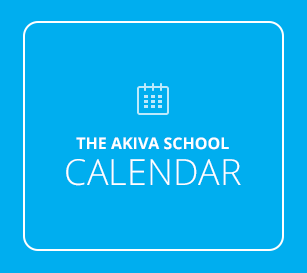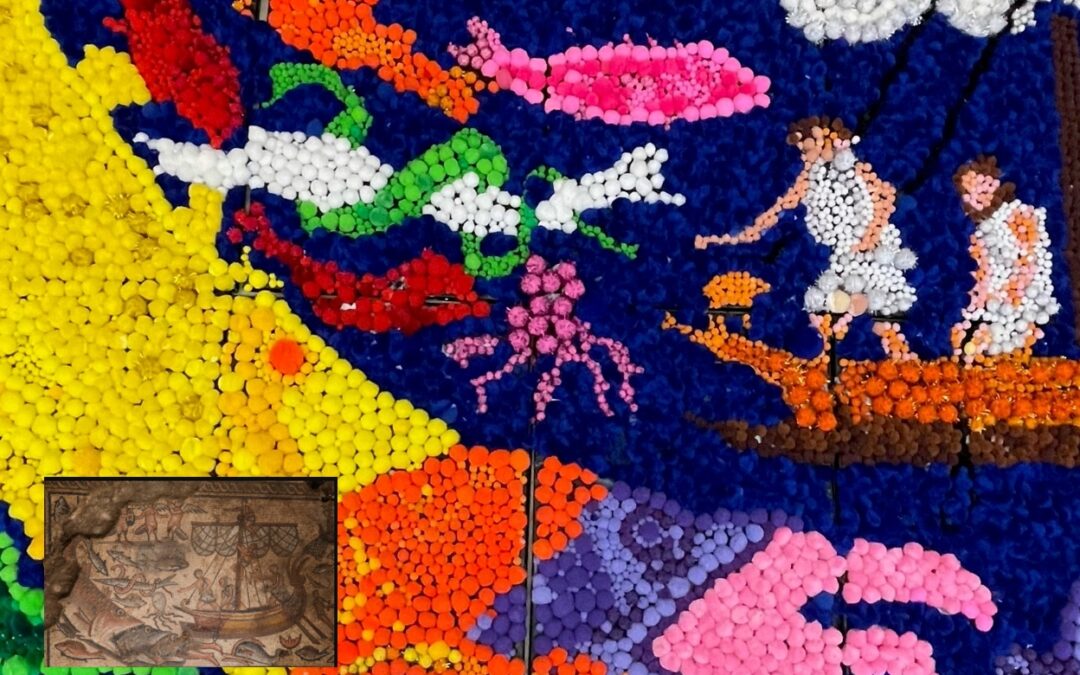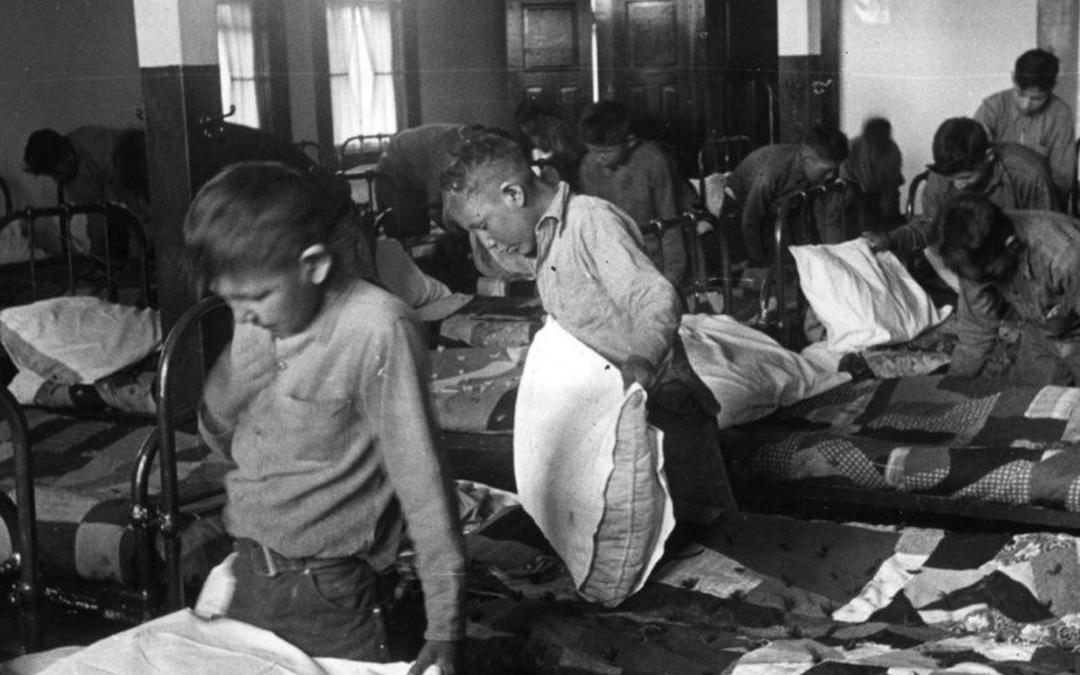 Next Tuesday evening we will be celebrating the festival of the Jewish calendar known as Shavuot or the Feast of Weeks. The Torah asks us to count 49 days from Pesach to Shavuot, known as the period of the Omer. During this time we have the practice to refrain from certain activities such as cutting hair and having weddings as it was a period in Jewish history in which many Torah scholars perished. It is also a time in which we prepare on a spiritual level to receive the gift of the Torah.
Next Tuesday evening we will be celebrating the festival of the Jewish calendar known as Shavuot or the Feast of Weeks. The Torah asks us to count 49 days from Pesach to Shavuot, known as the period of the Omer. During this time we have the practice to refrain from certain activities such as cutting hair and having weddings as it was a period in Jewish history in which many Torah scholars perished. It is also a time in which we prepare on a spiritual level to receive the gift of the Torah.
Unlike other holidays in Judaism, there are no set customs or rituals set out by the Torah which accompany this holiday. I believe that the main reason for this is so that we can be centered on the importance and uniqueness of the Sinai revelation and the receiving of the Torah. We do not need to have any particular rituals because the value and holiness of all that surrounds the Torah and its study can stand alone.
Over time there have been a few customs which have developed in connection with the celebration of the holiday. The first custom is the “Tikkun Leil Shavuot”, where groups come together for an entire evening of study, culminating in early morning tefilla (prayers). This custom originated most likely during the period of the Kabbalists, but it has been adopted by virtually all denominations and groups. It is an evening dedicated to the act of studying words of Torah, reflecting the verse in the book of Joshua, “Vehagita bo yomam valayla”- you should speak and discuss them day and night.
The second custom is to read the megilla (book) of Ruth. The story of Ruth is a short but fascinating one about the journey of a widowed mother and her daughter- in law from the fields of Moab, back to the city of Bethlehem. Ruth and Naomi (her mother in law) make their way back to the land of Israel after having lost their respective spouses. Naomi pleads with Ruth to return to her family but Ruth states famously: “Wherever you go, I will go; your people are my people and your God is my God.” The book is connected to Shavuot on many levels. One association is the setting of the story which takes place during the time of the harvest, and the other is the “conversion” of Ruth to Judaism, which reminds us of the first “conversion” of the Jews at Sinai as well of our own personal “conversions” and yearly reconnections to the Torah on Shavuot.
Two other customs have evolved over the years. One is the decorating of the synagogue with greenery such as leaves or trees. The use of greenery in the synagogue and at home is to remind us as well of the harvest and as a reference to the Mishnah Rosh Hashanah (a section of the Talmud), which states that Shavuot is the judgment day for fruit trees.
Finally we get to the cheesecake! There is a well-known Shavuot custom of eating dairy dishes, mainly dishes containing milk products and cheese. Why dairy foods? Some sources relate the idea of eating milk to the verse about the land of Israel in Song of Songs, “honey and milk are under your tongue”, to reflect the sweetness of Torah study. Others have suggested that because there was not time to slaughter meat according to the new laws they had just received at Sinai, the Jews therefore decided to eat dairy products. Either way we still get to have our cake and eat it too!
I highly recommend that everyone check out their own synagogue (or local community) program for Shavuot. It is a wonderful way to enrich the holiday, generate discussions at home, and be inspired for new ideas to ponder over the summer months. Wishing everyone a Shabbat Shalom and meaningful Shavuot.












